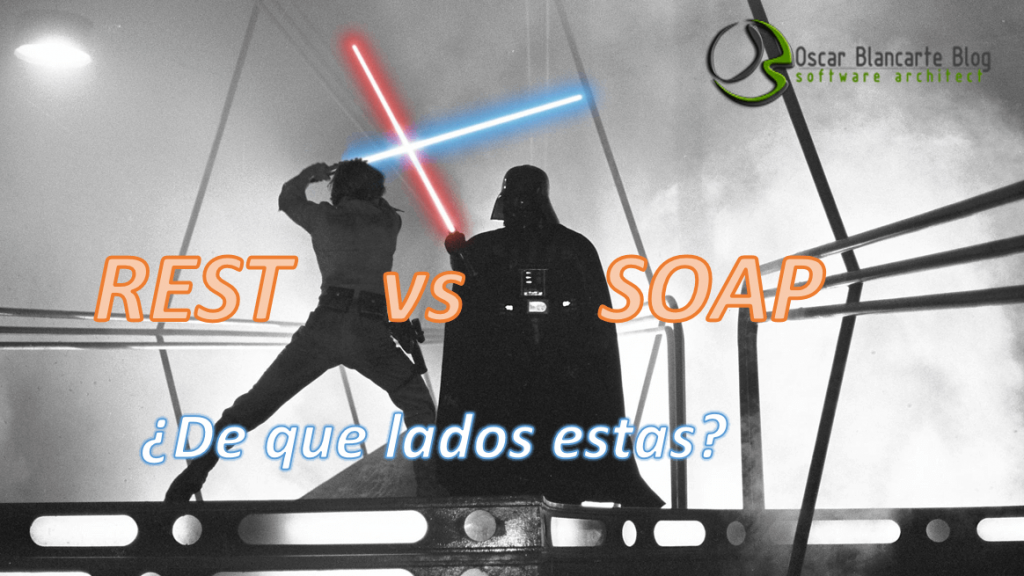

Authentication is crucial to this API moreover, much of the API realizes business transactions as two-phase commits, rather than just data look-ups or simple-minded updates.

PayPal, for instance, exposed a SOAP API to its services soon after its 2002 acquisition by eBay. Financial companies are centers of SOAP reliance. SOAP examples are a bit harder to exhibit: many of the best-engineered ones are used purely internally, and aren't visible outside the organizations which rely on them. The API is thin it provides nearly-transparent access to the underlying documentbase at the same granularity as the documentbase itself. Its REST API focuses largely on queries and other read operations. MarkLogic, for instance, is a proprietary database product (and the company behind it) focused on management of massive document collections. Enterprise-style APIs, though, and especially those with specific requirements for transaction and/or security protection, are easier to implement with SOAP. Create-Read-Update-Delete operations are ideal for REST. It's no surprise that the overwhelming majority of organizations that expose straightforward data tables select REST. In this sense, REST has taken over.Īt the same time, SOAP remains effectively indispensable for APIs that need its functionality.

Developers have gradually shifted from SOAP to REST over the last decade, as measured by catalogued APIs, searches, and surveys. The evidence of publicly-documented APIs (Application Programming Interfaces) provided through the Programmable Web Directory makes it apparent that only a minority of recent APIs choose SOAP exclusively.
COMPARISON SOAP VS REST HOW TO
answers to the same question: how to access Web services." Both have their uses. As John Mueller accurately summarized in an earlier blog post, both are ". Instead of a competition as to which is better, this article is an instruction on how to make the best of both.


 0 kommentar(er)
0 kommentar(er)
